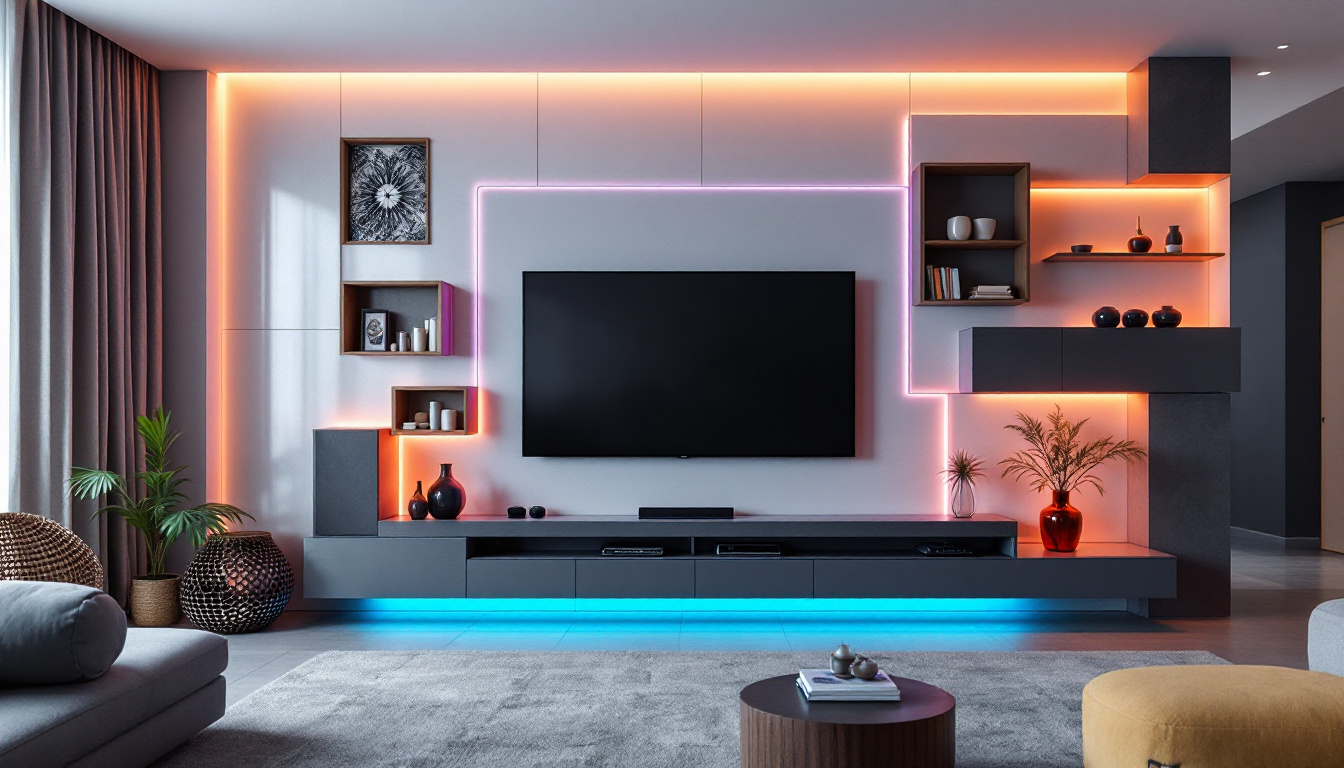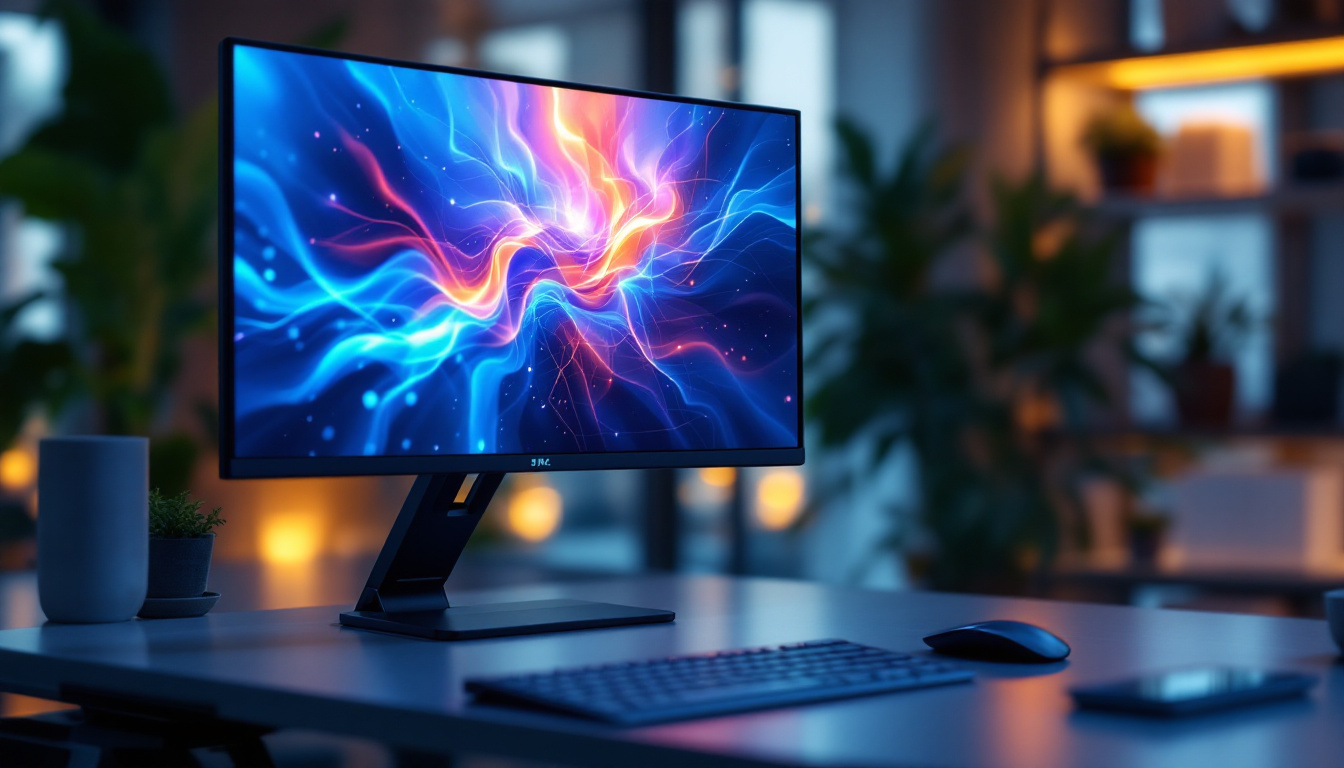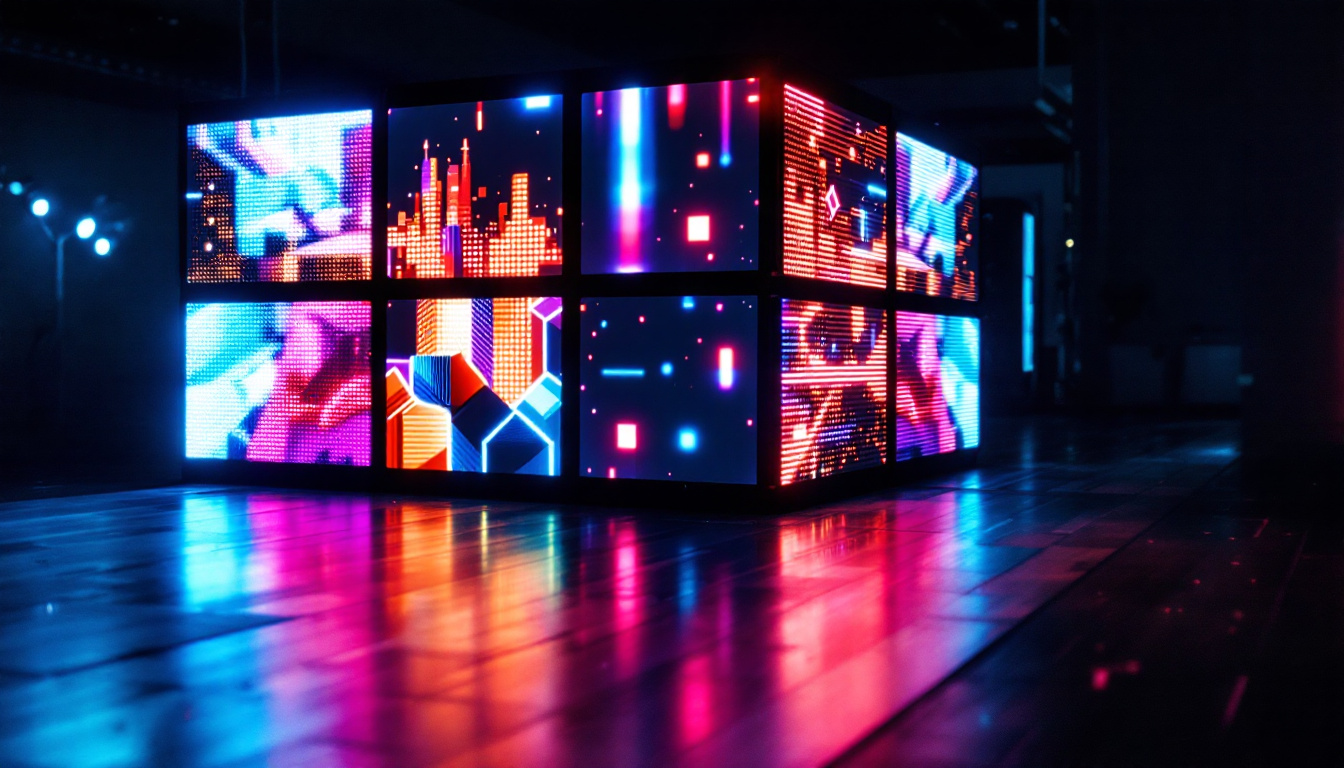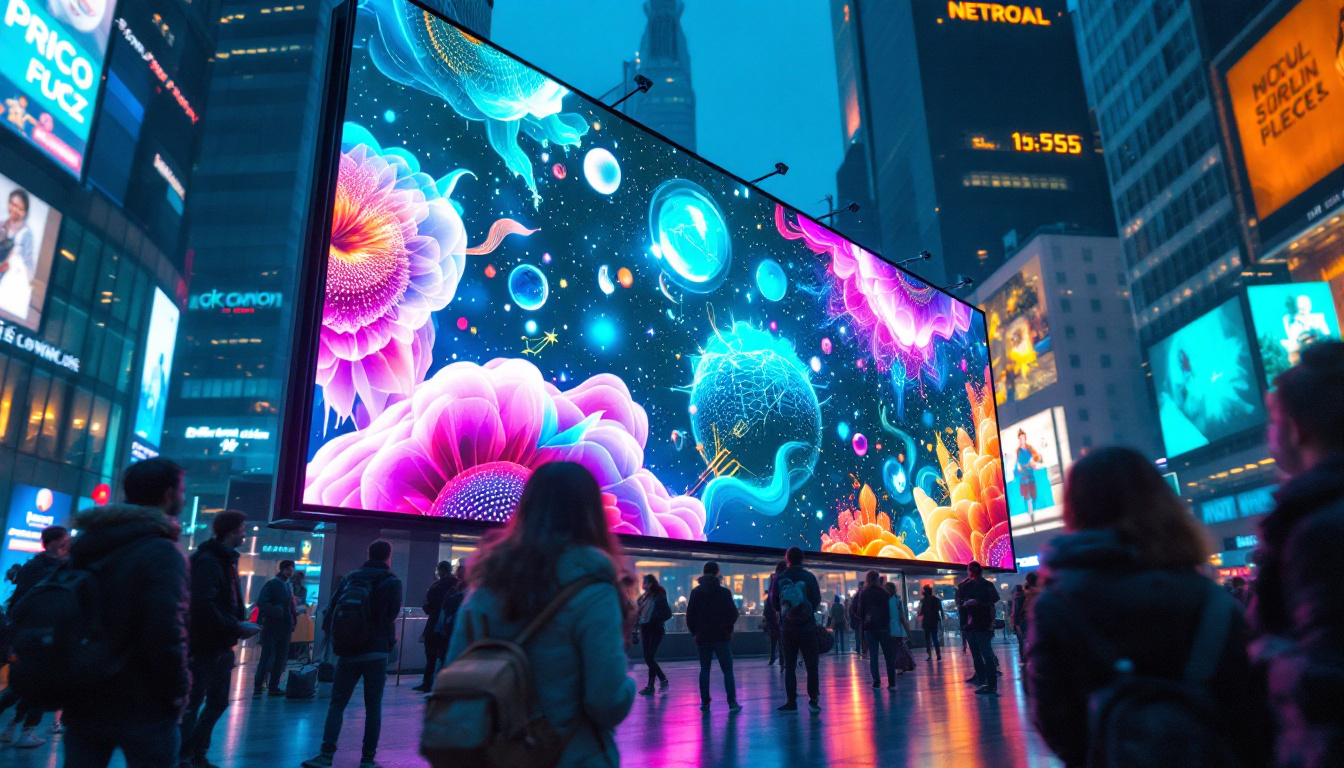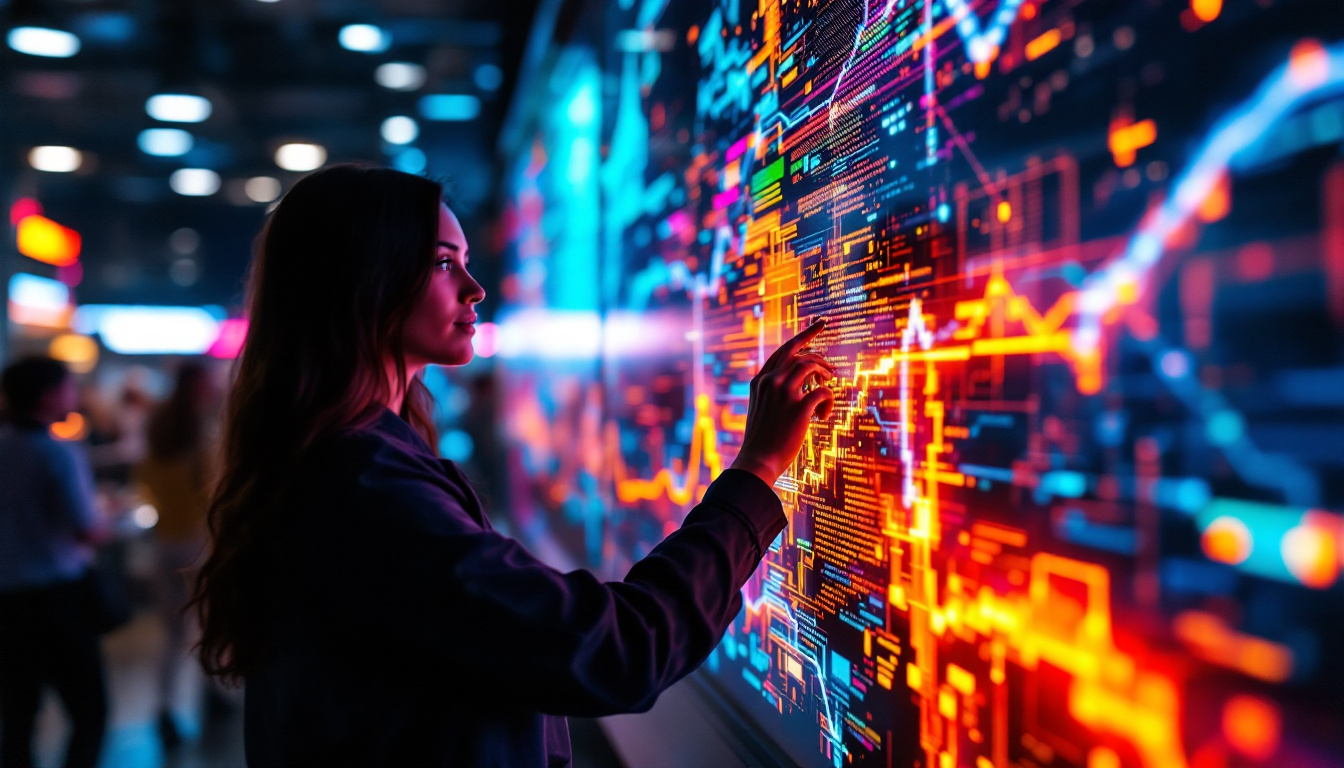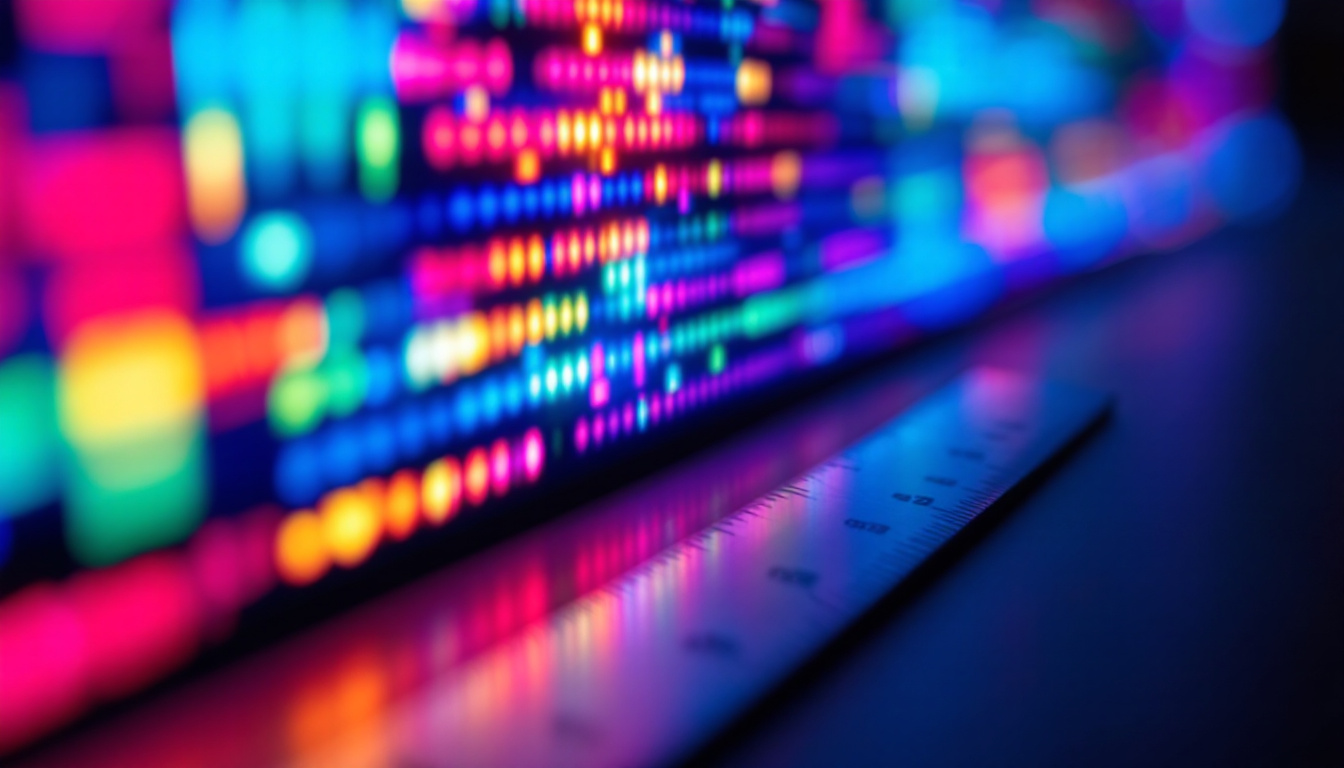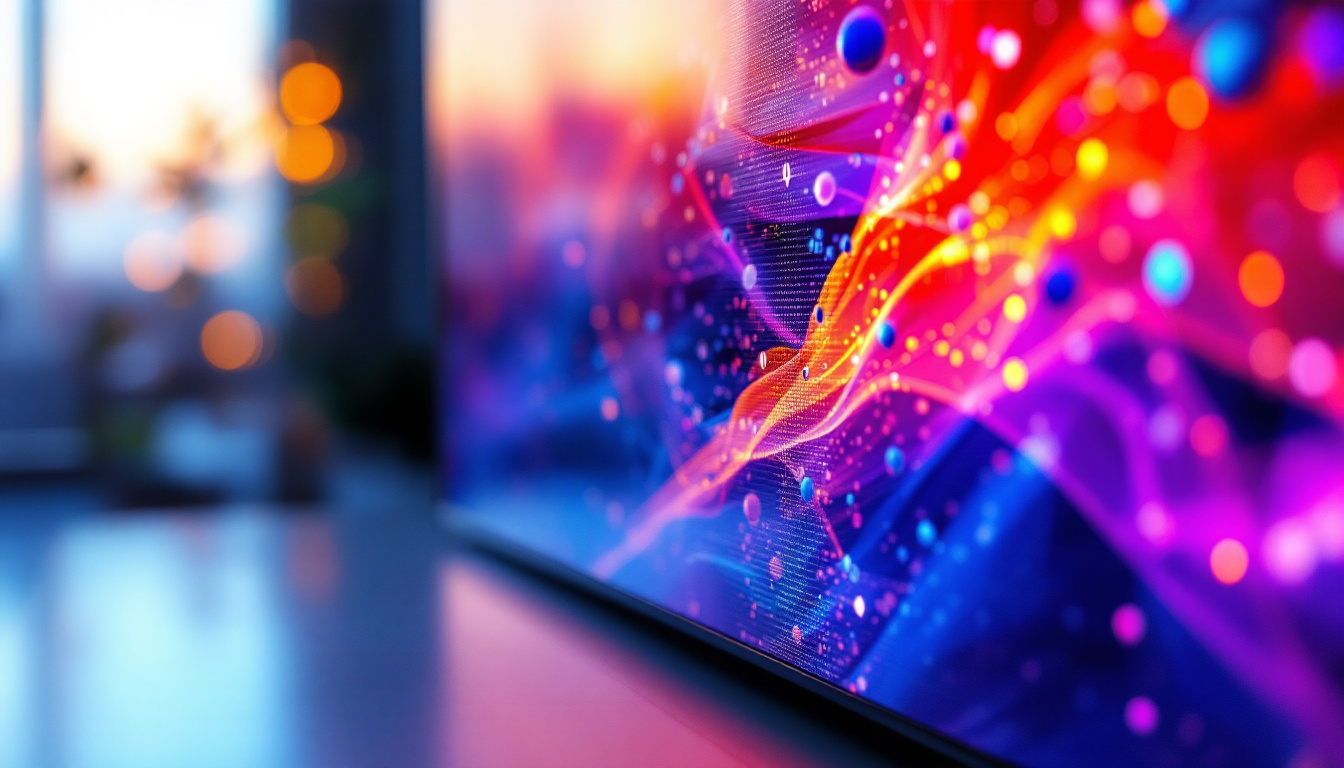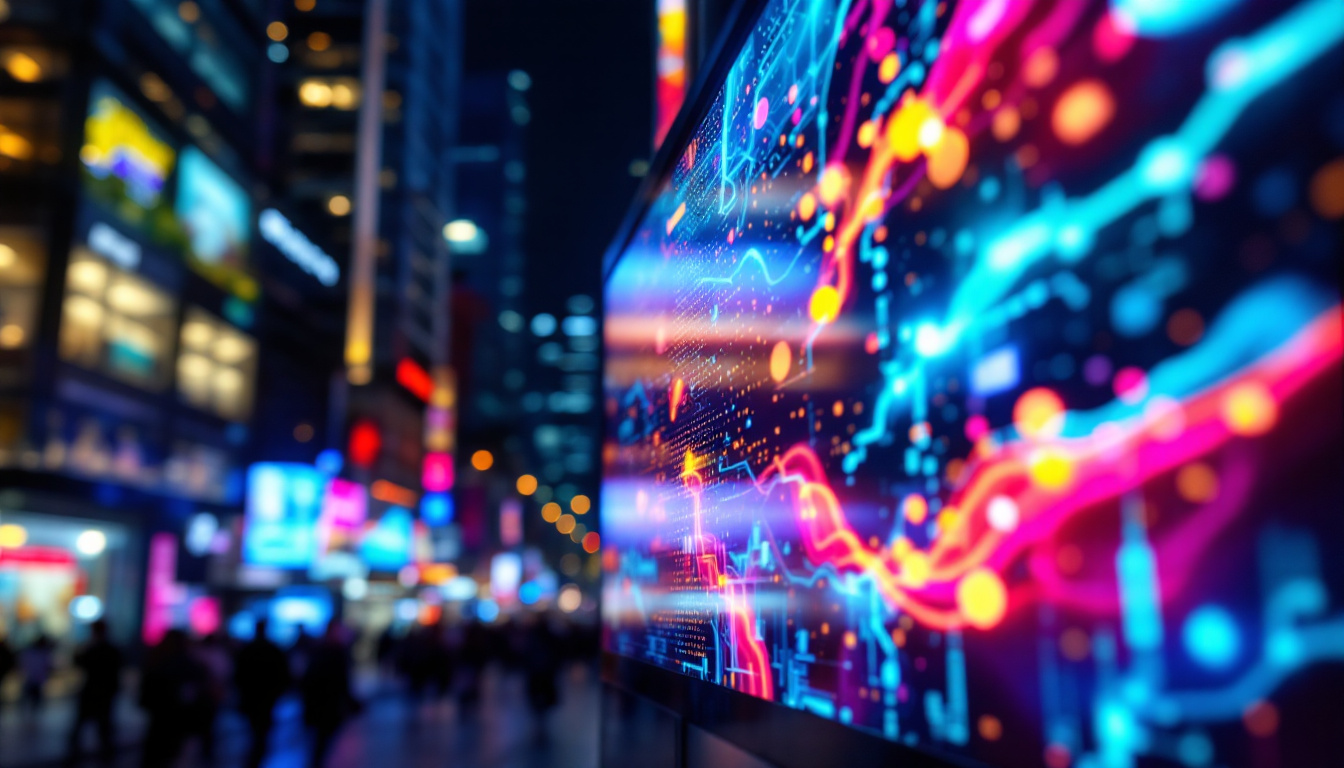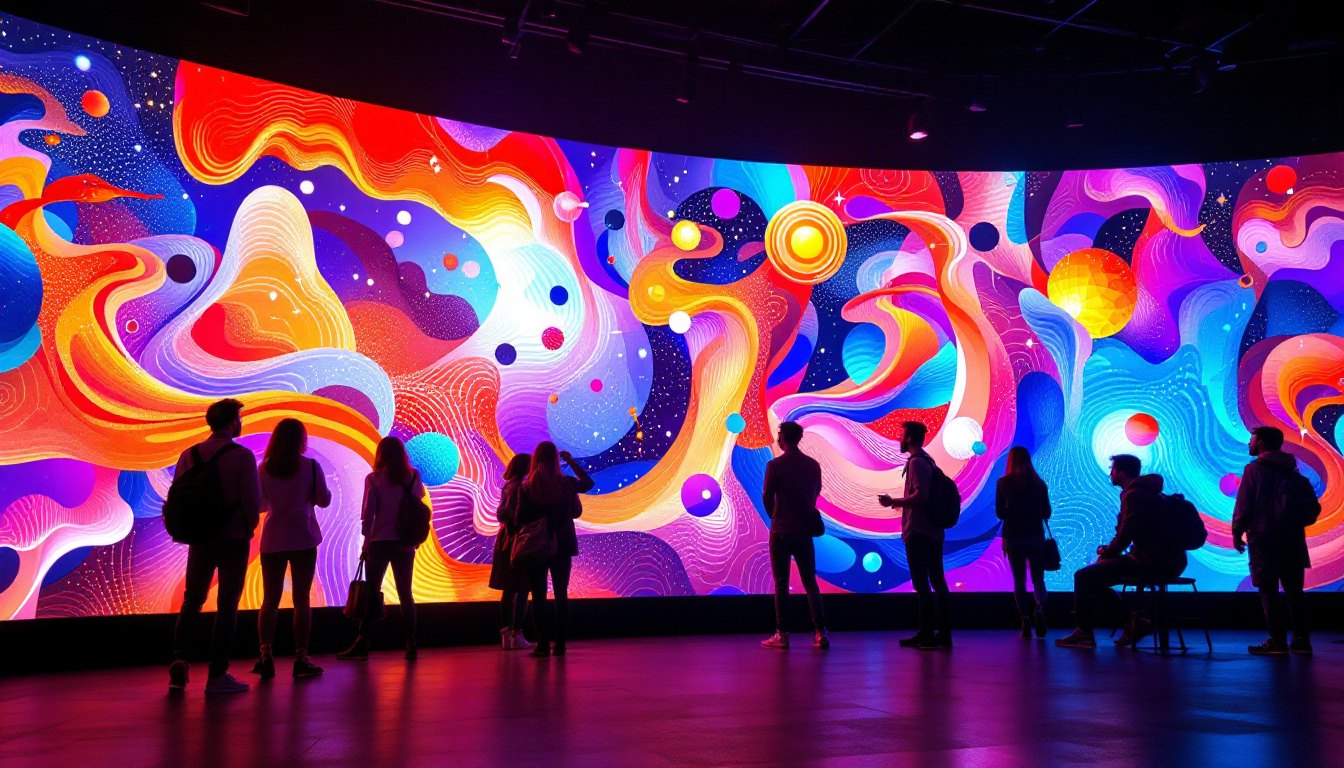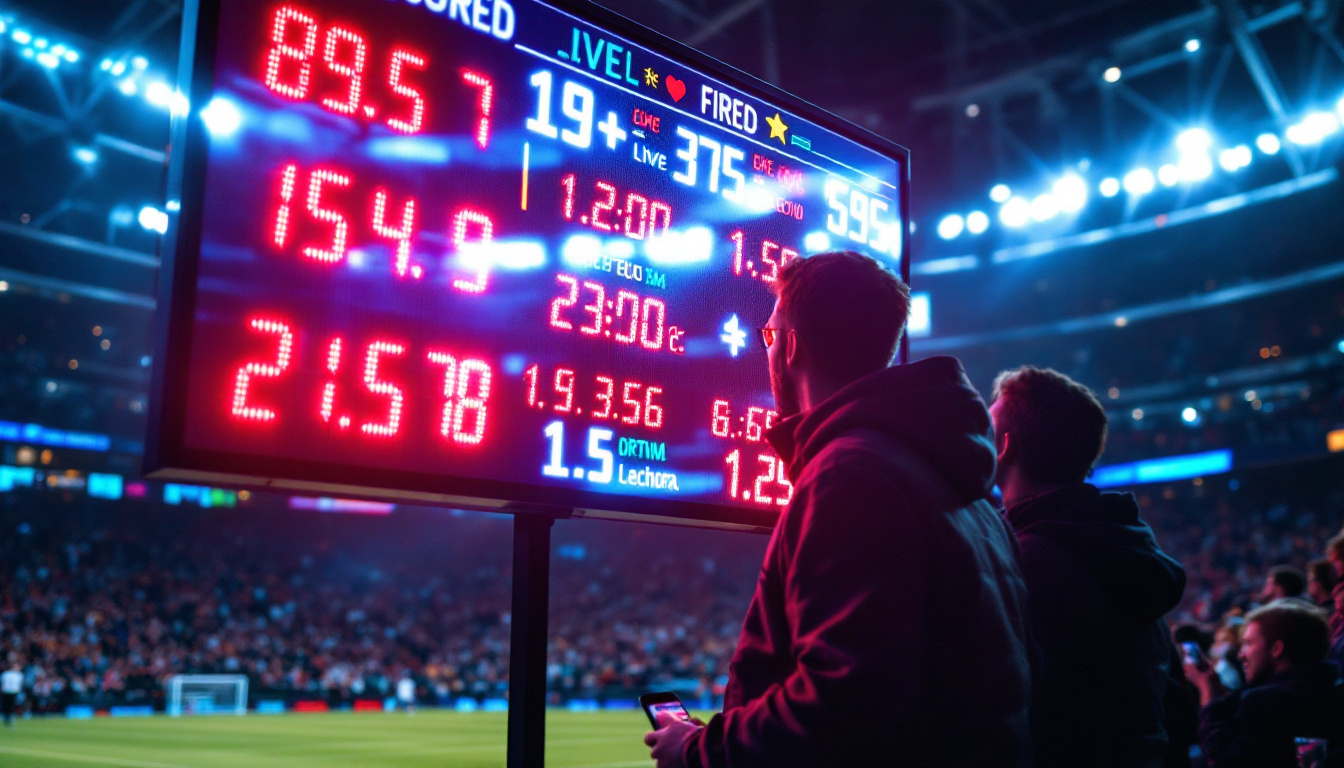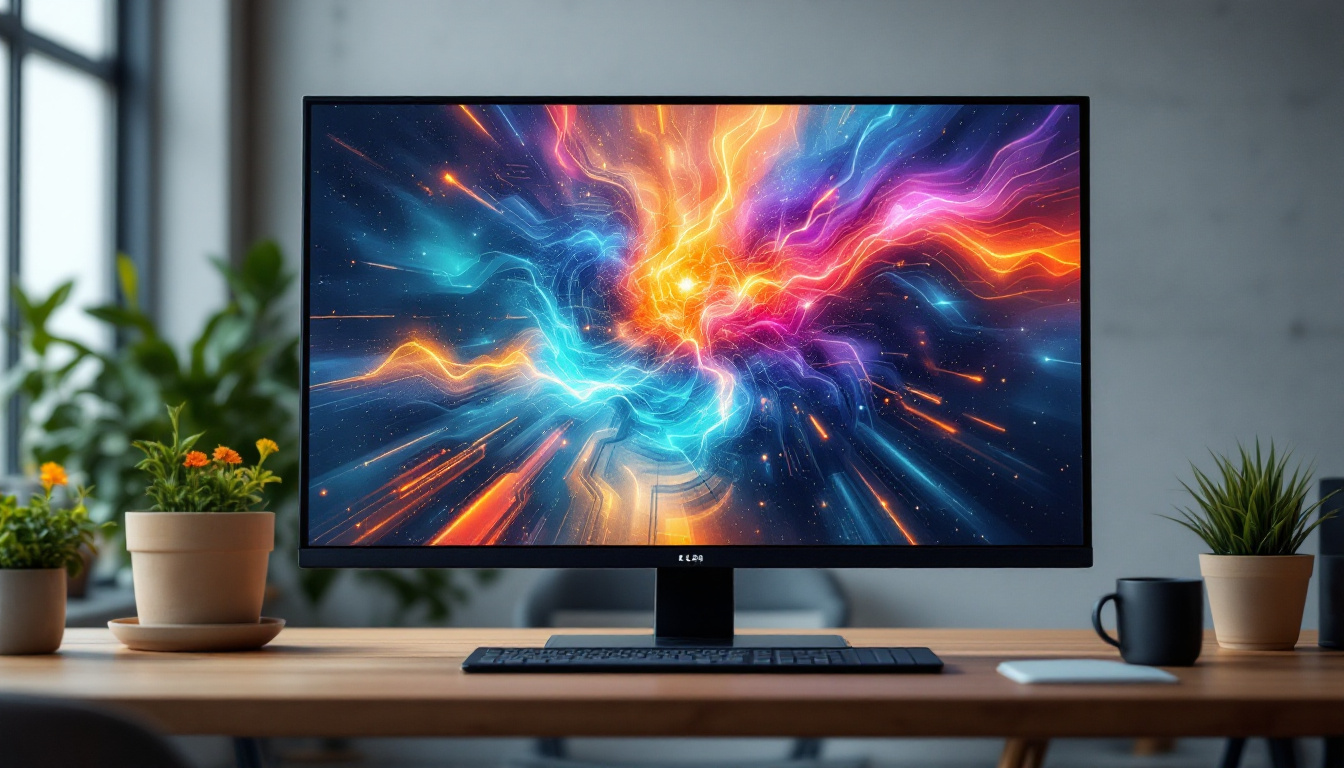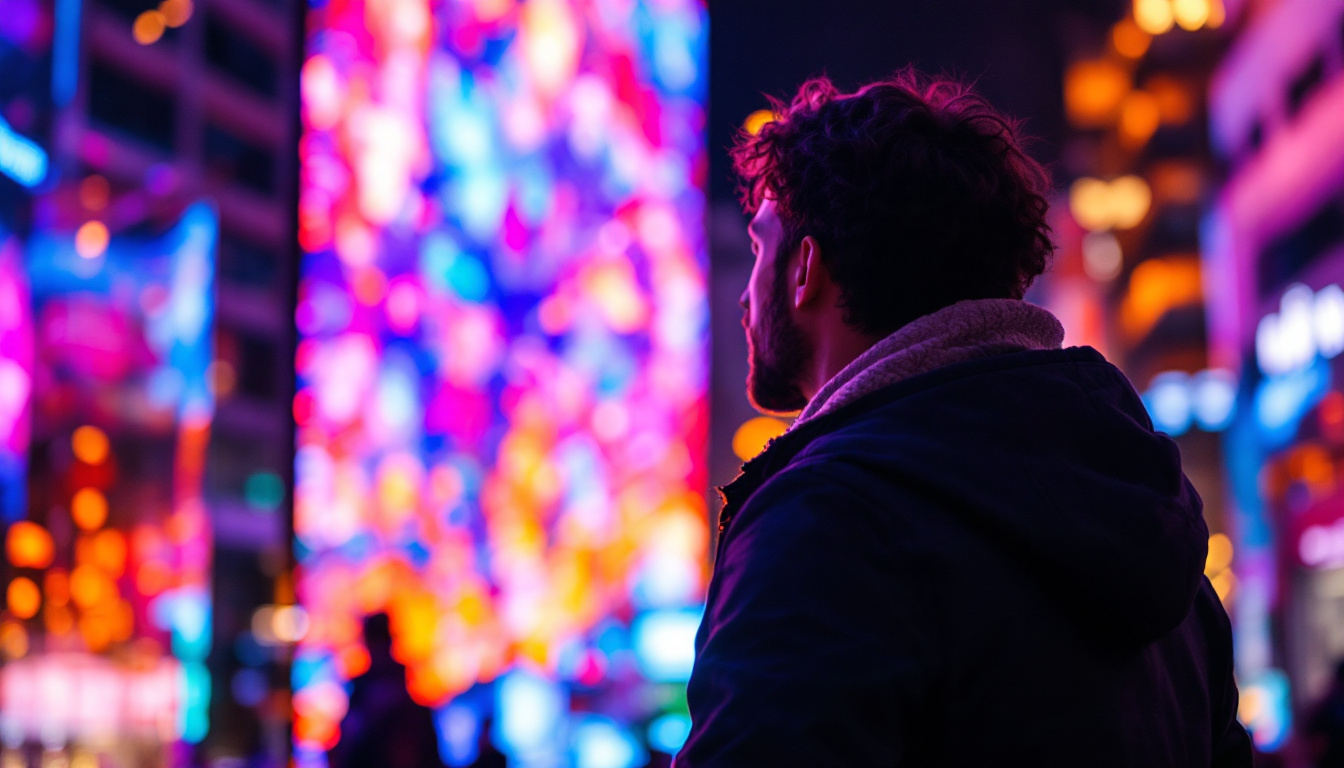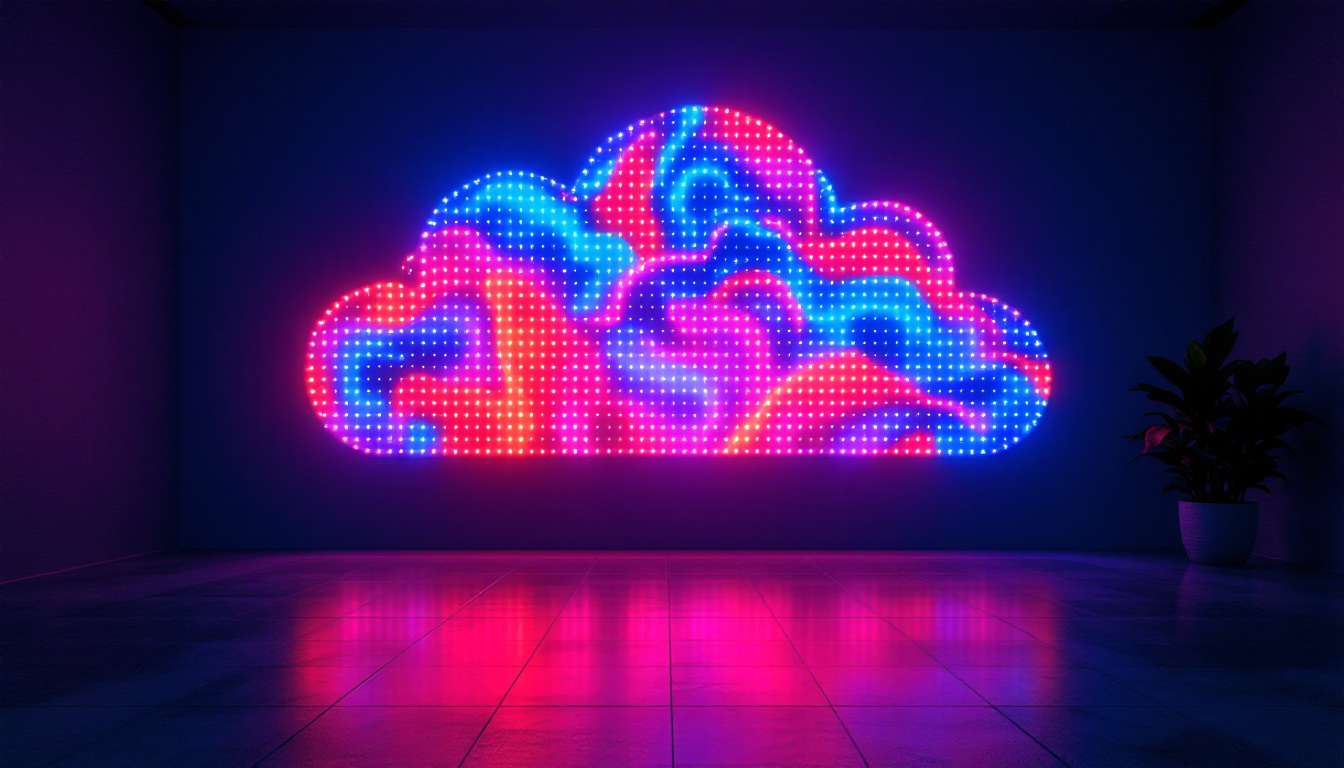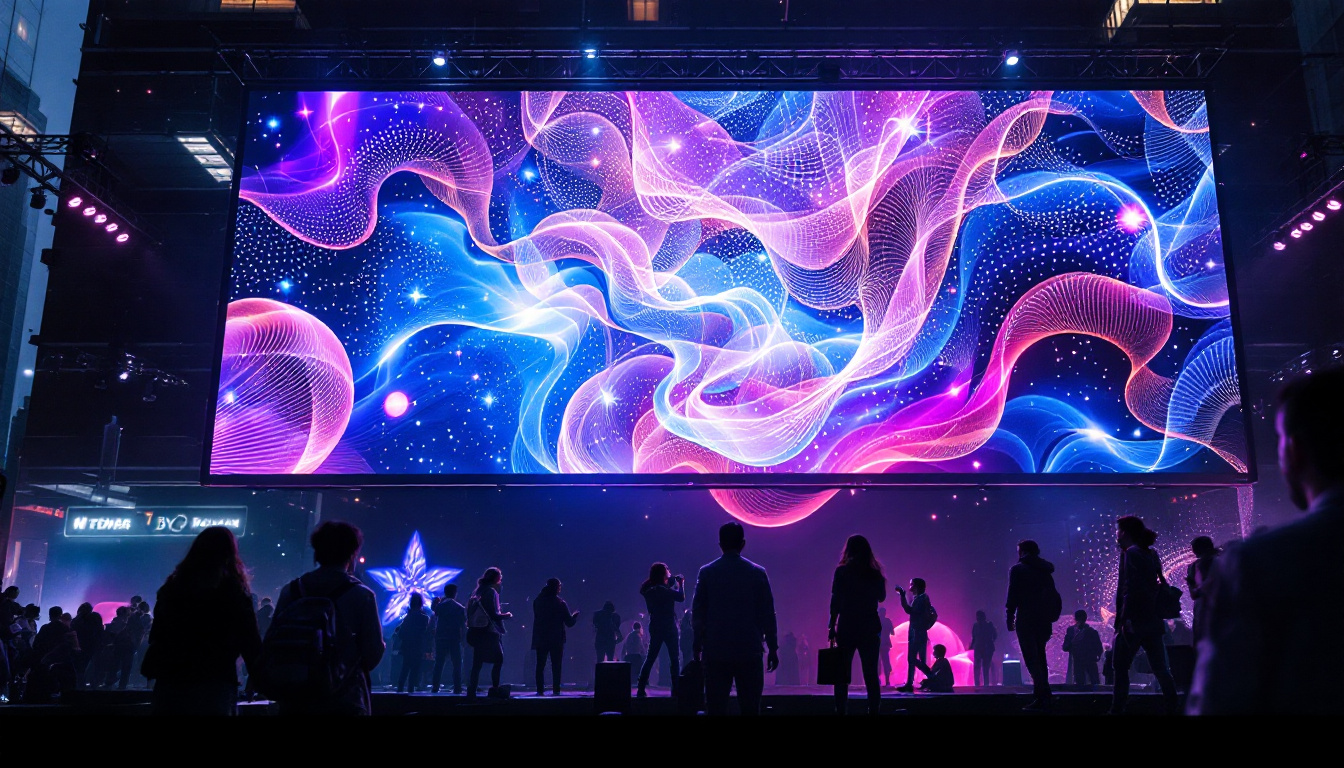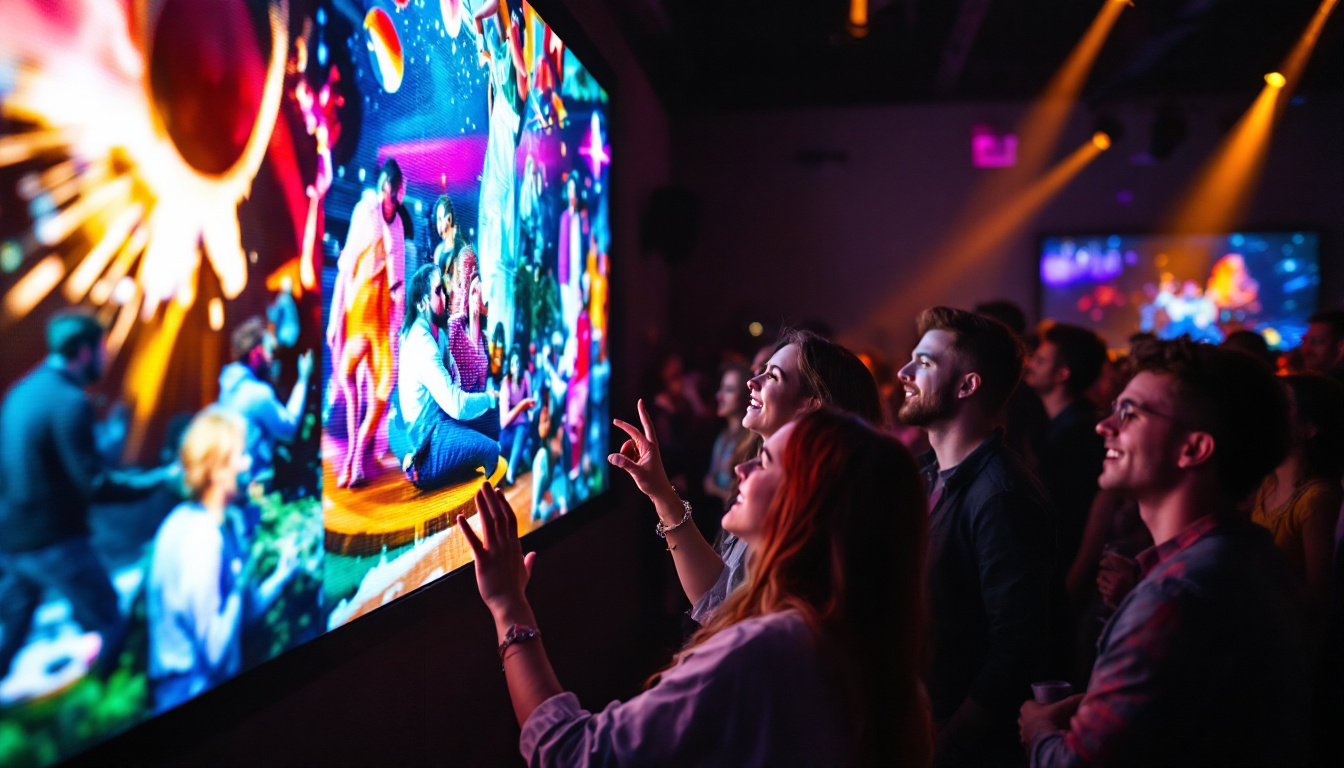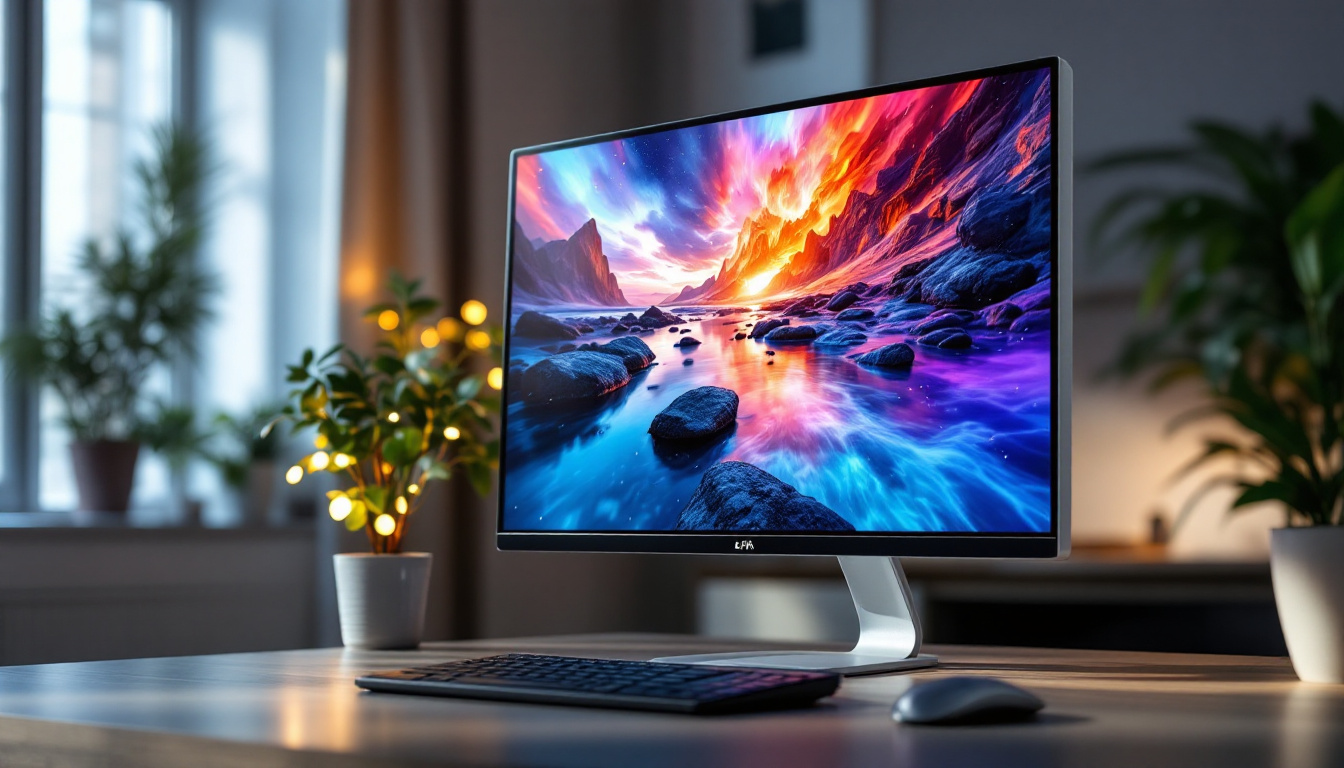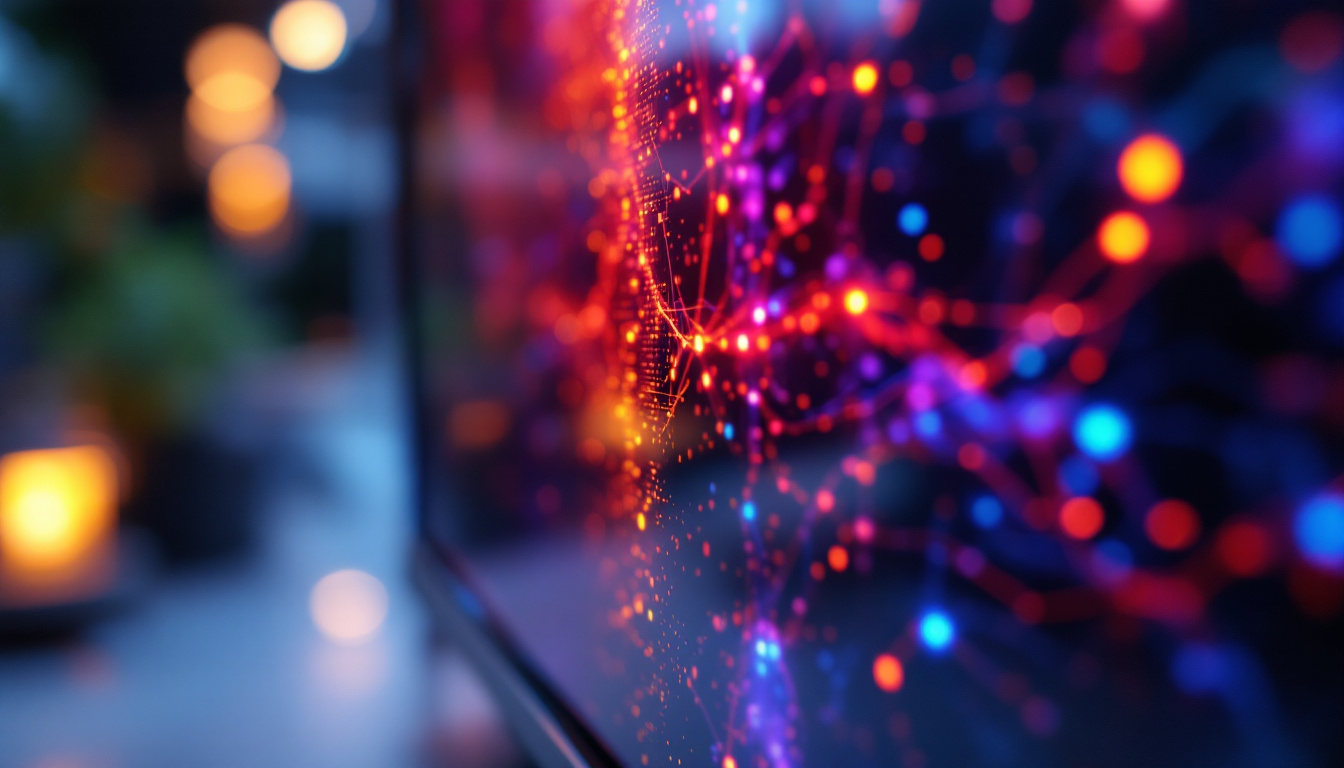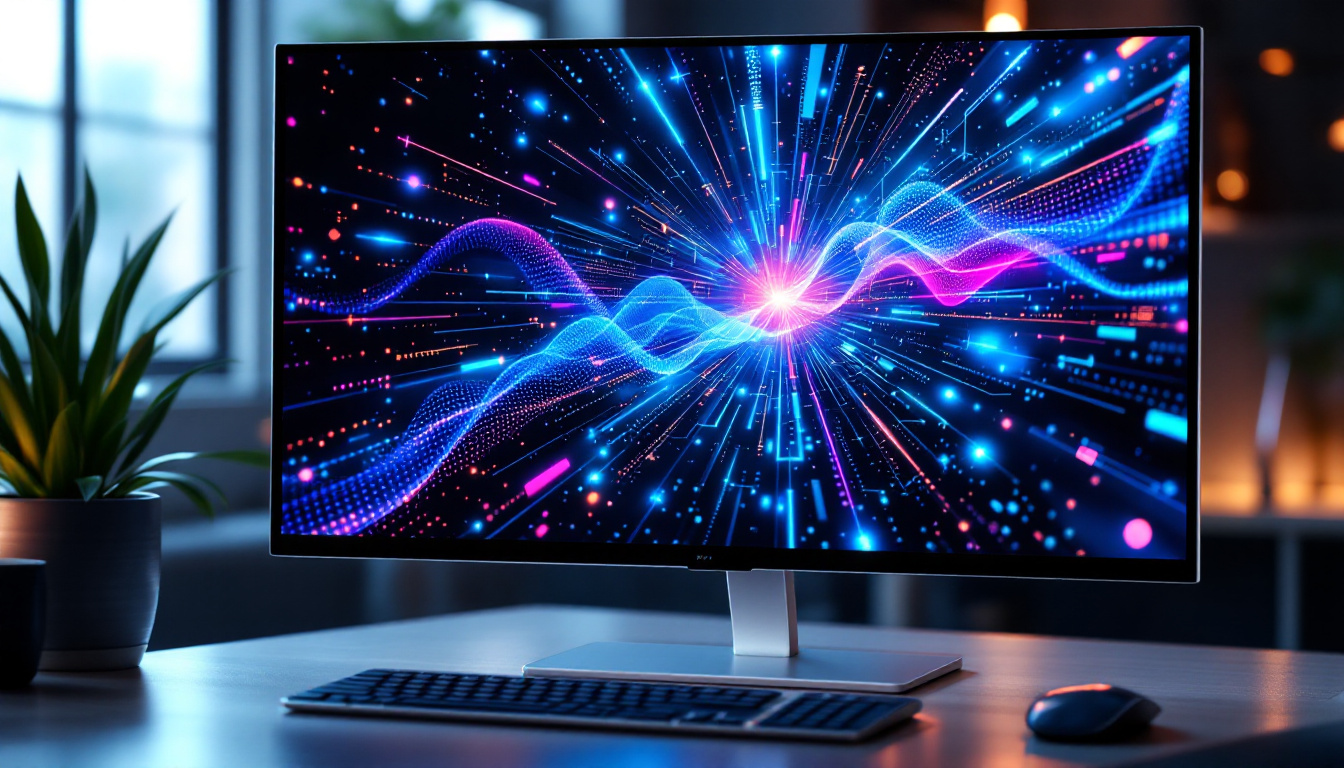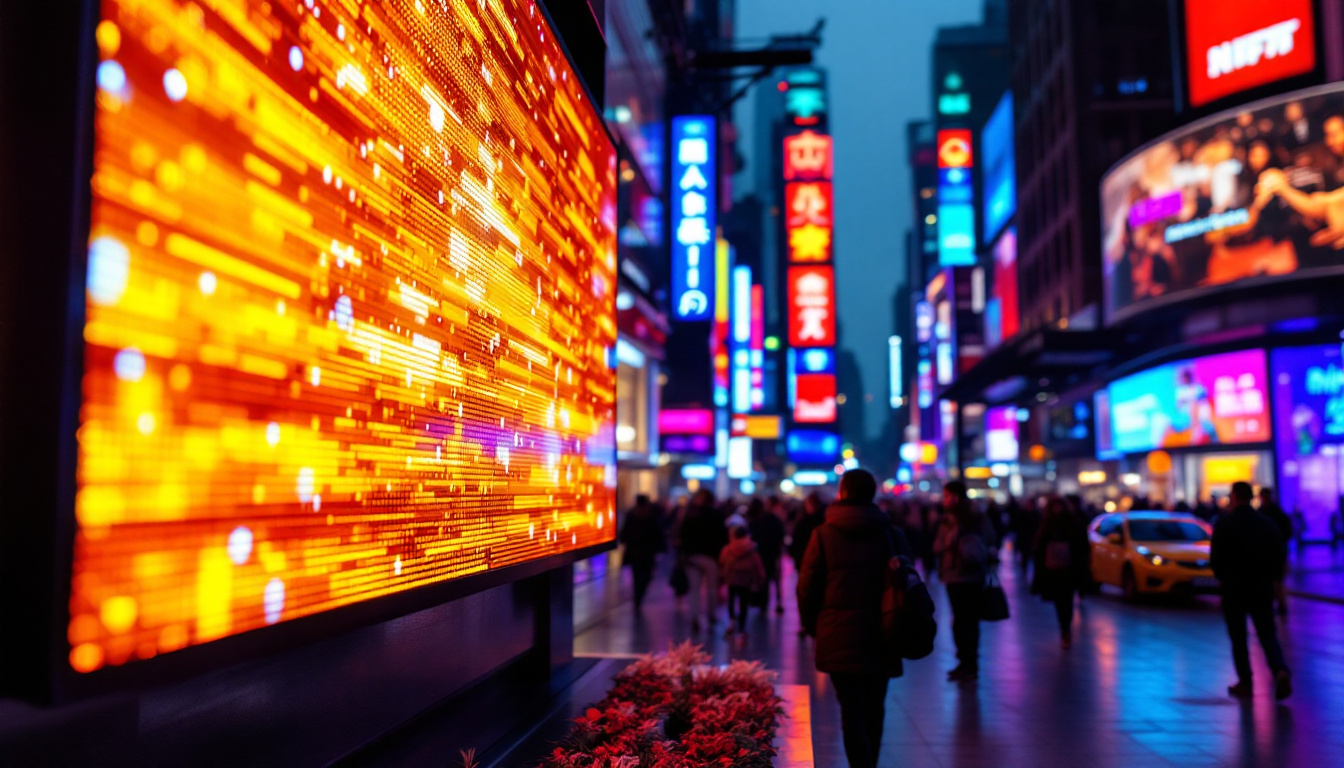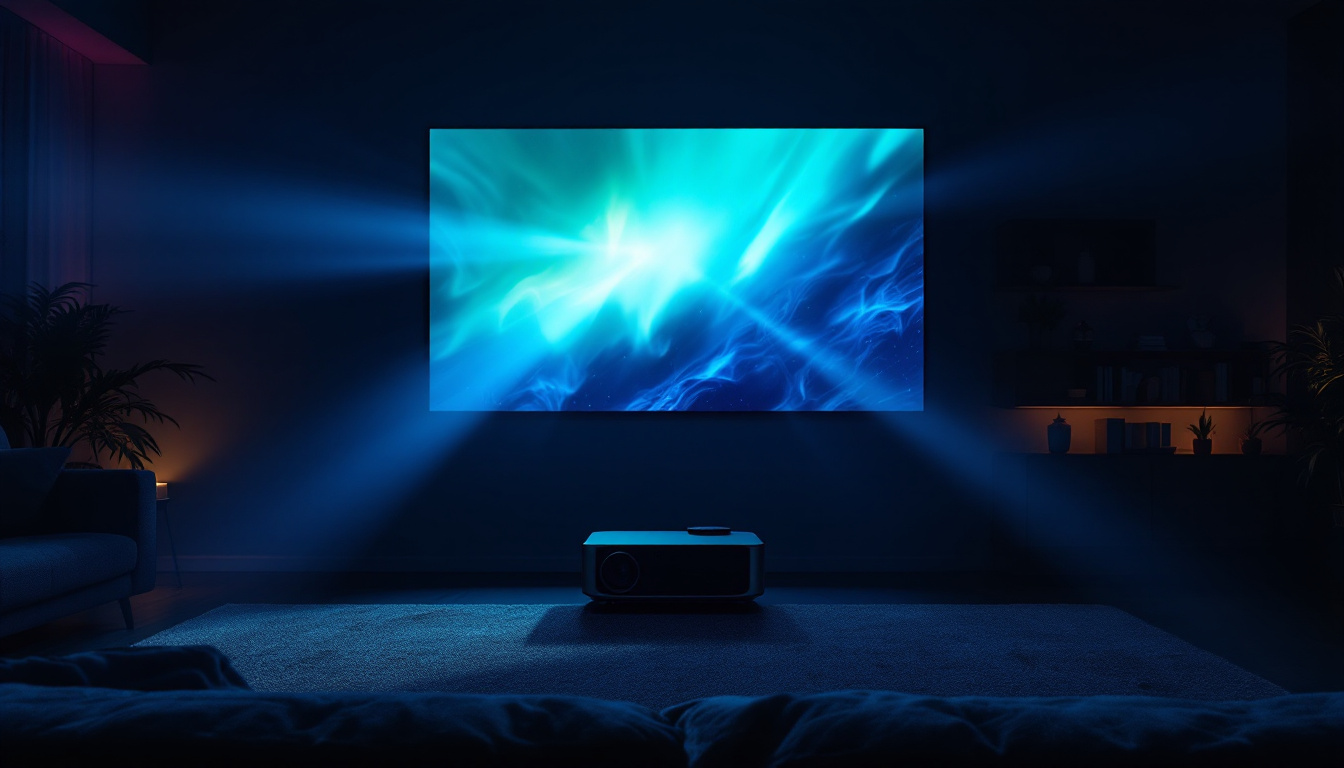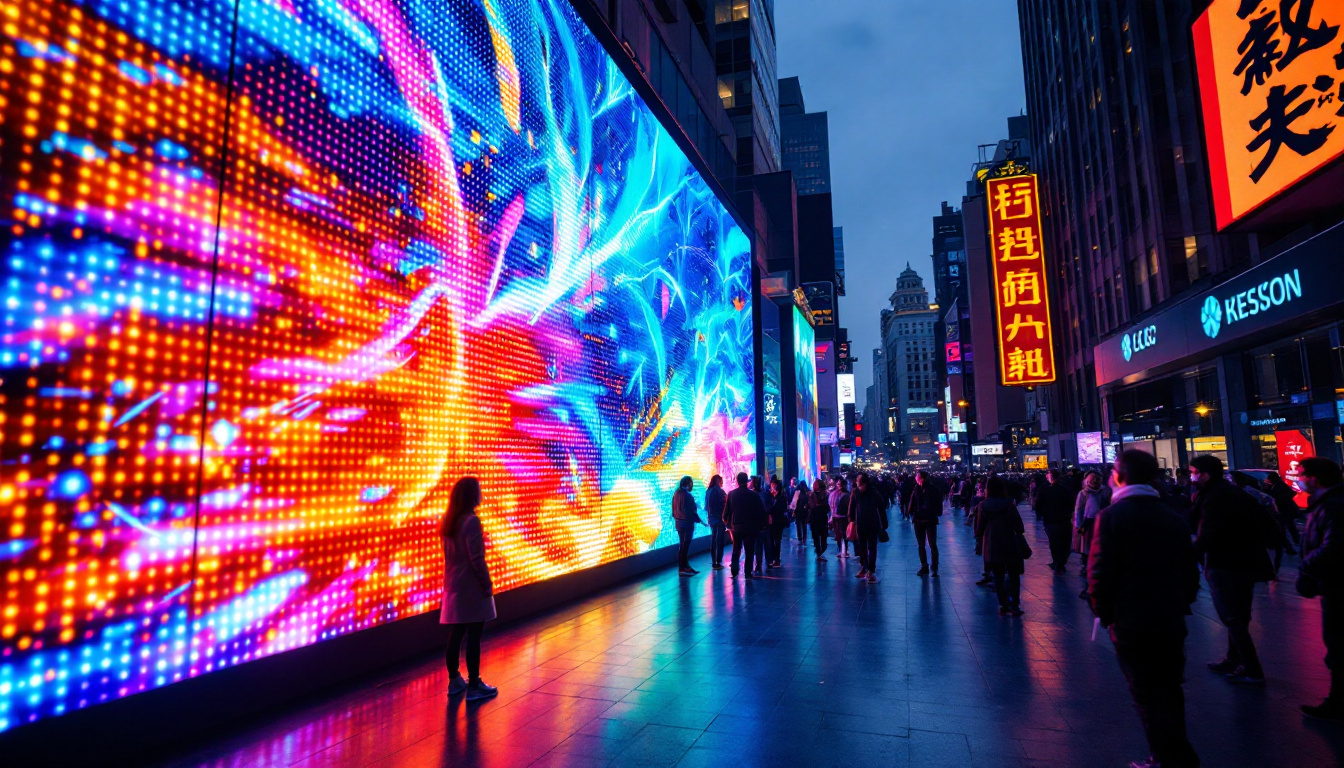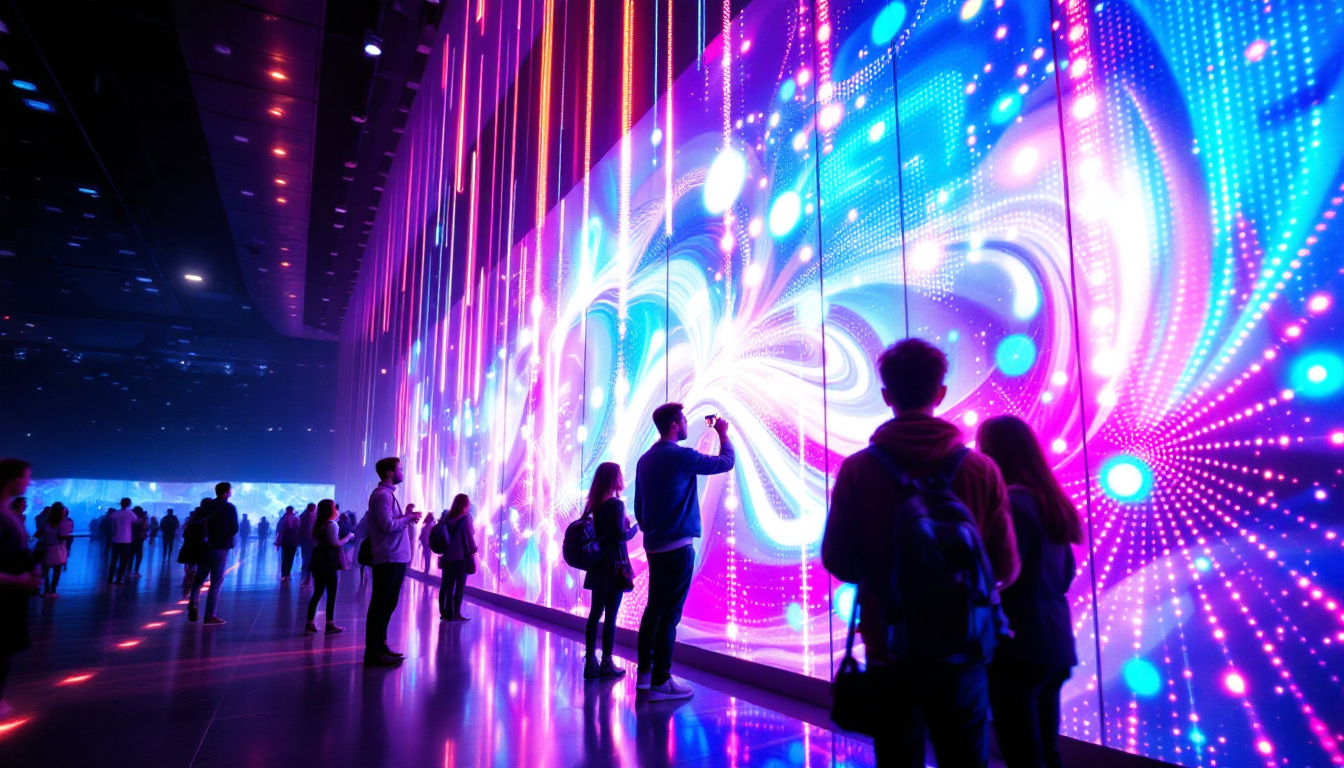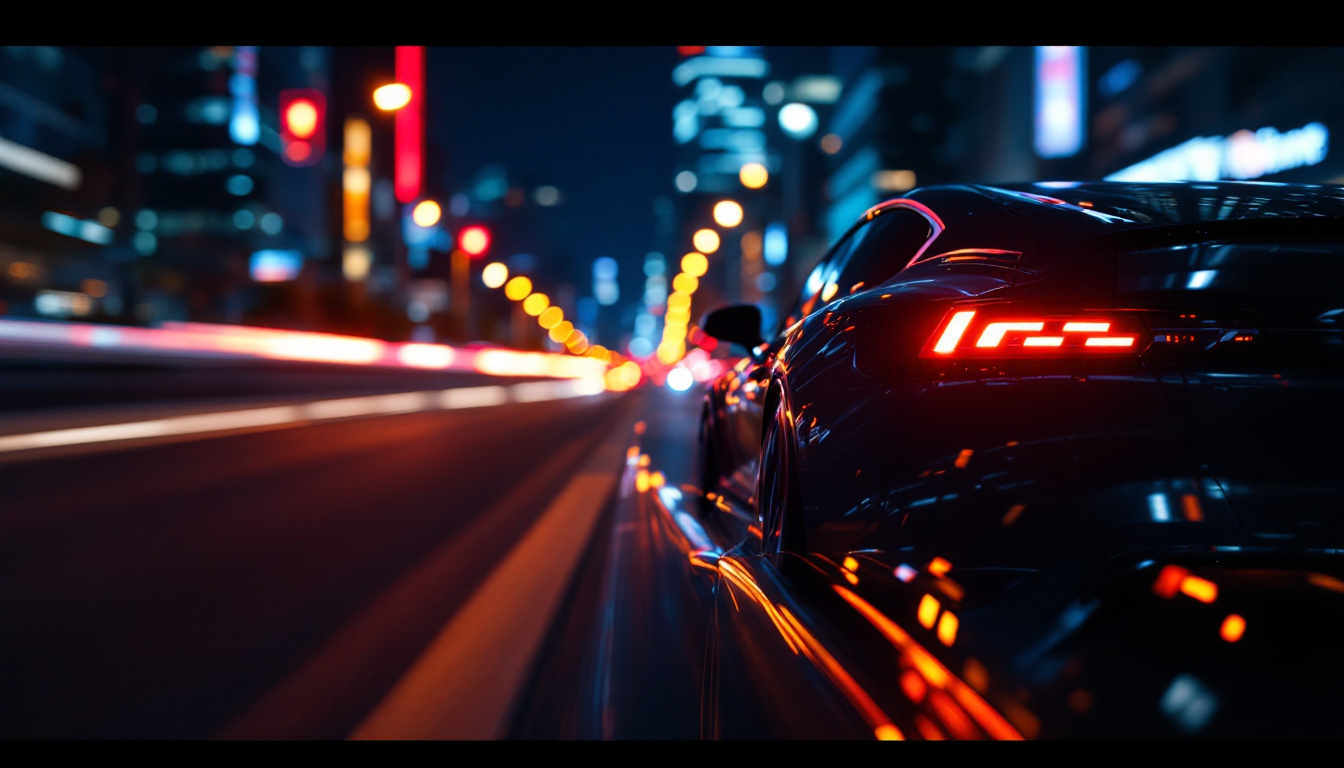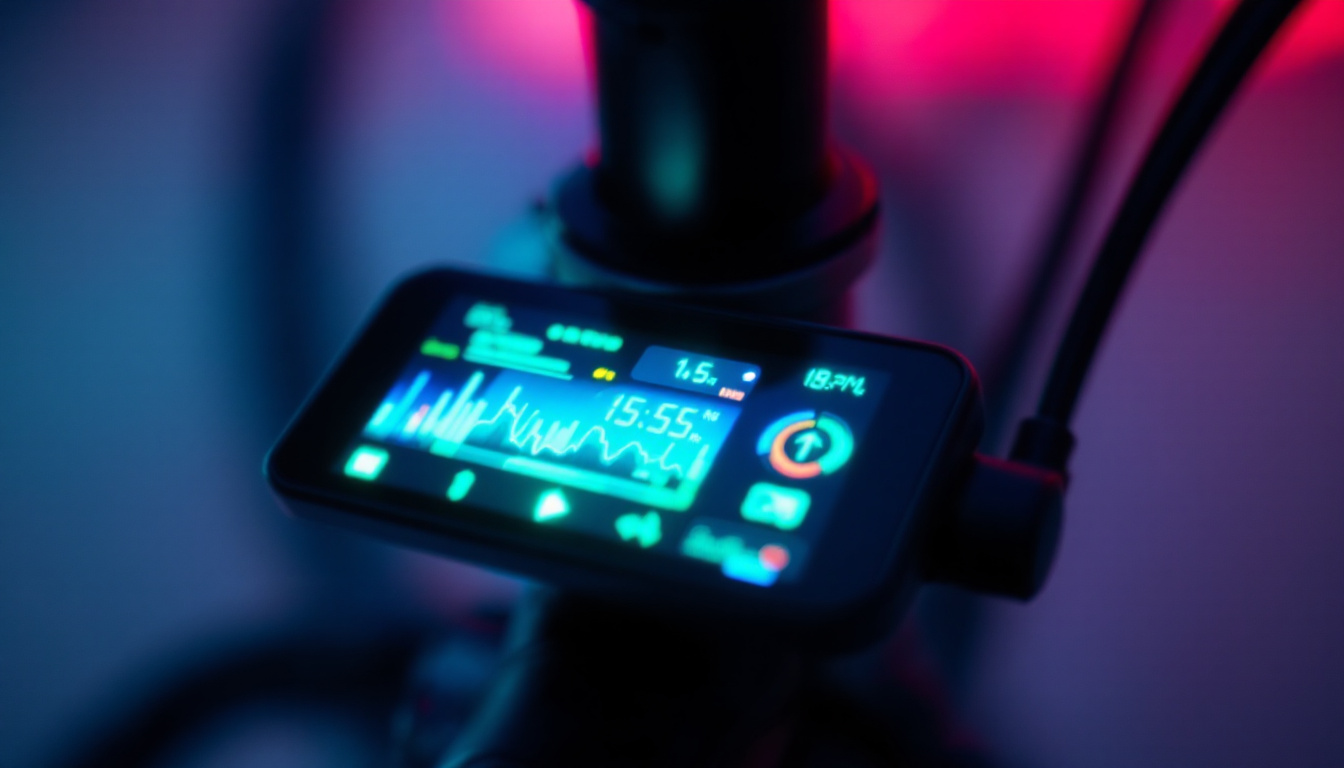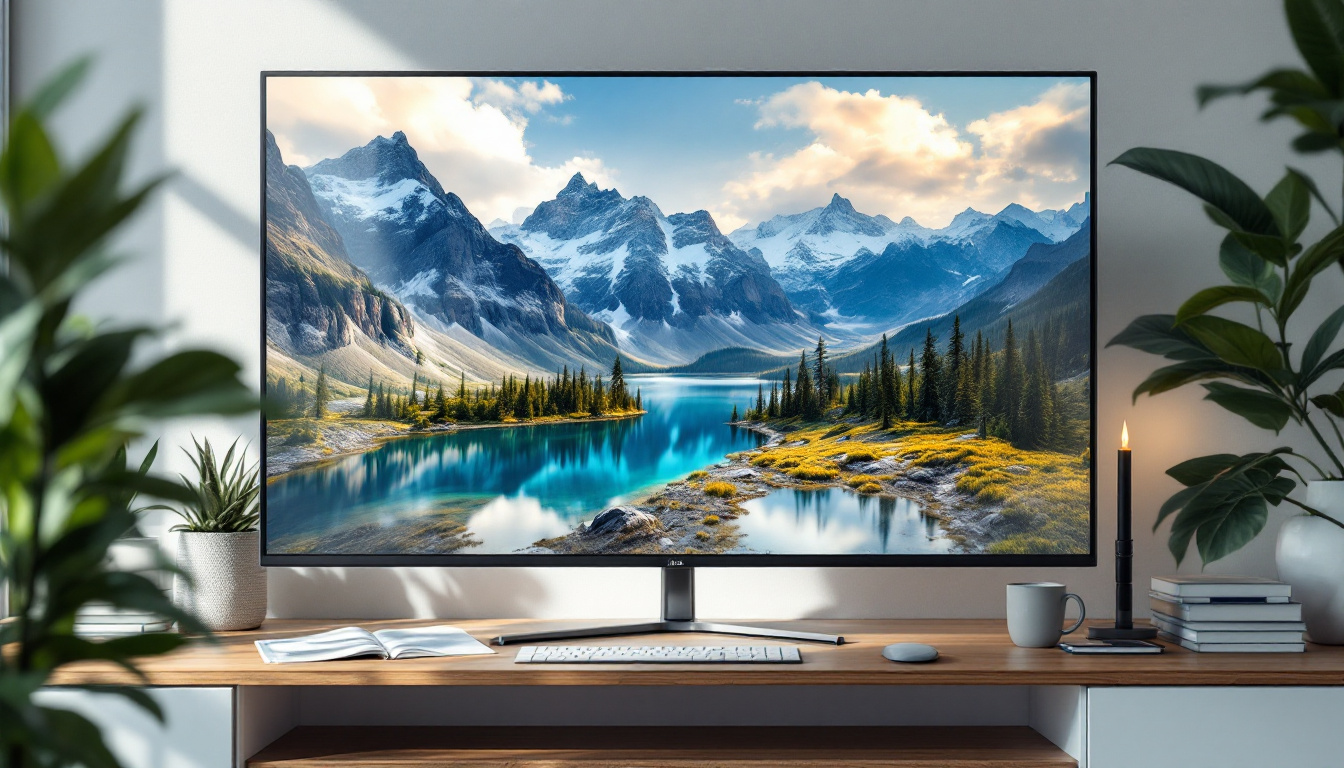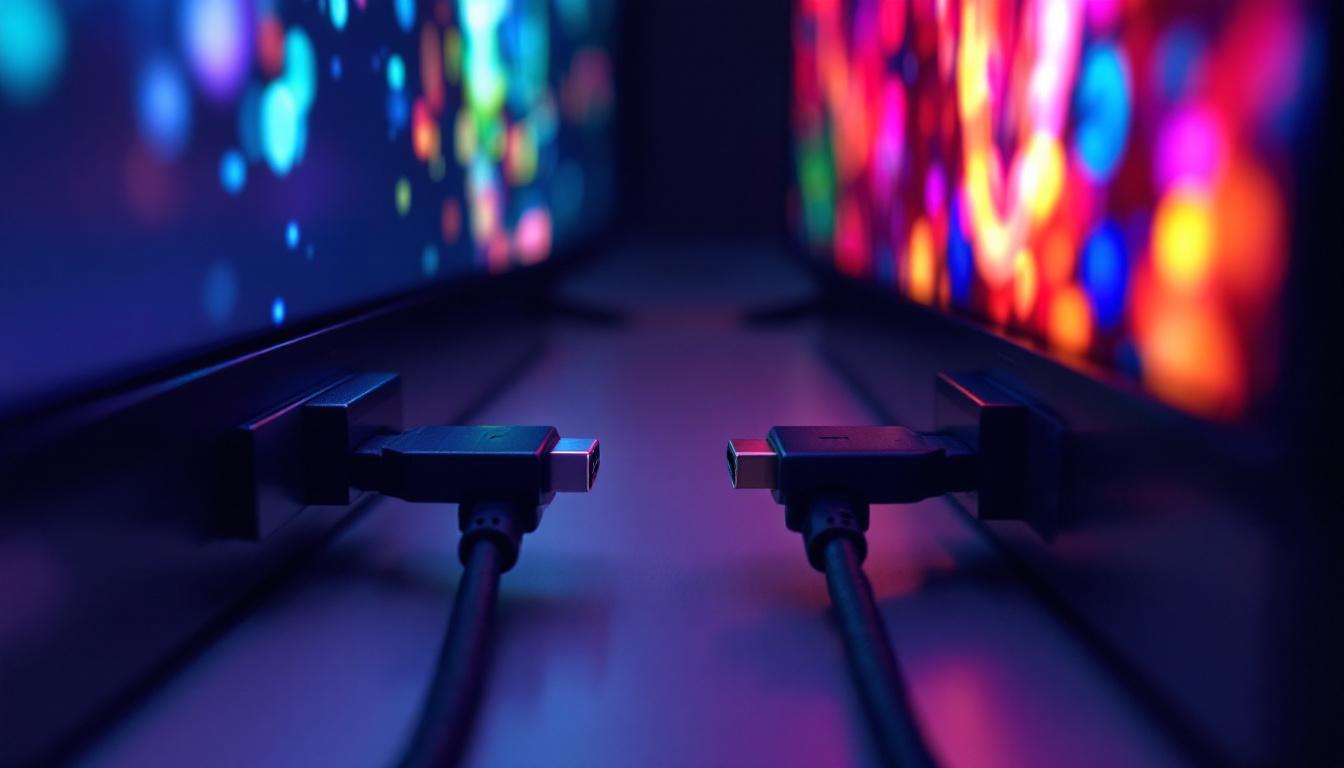In the modern age of technology, visual displays have become an integral part of both residential and commercial spaces. One of the most striking innovations in this realm is the TV wall with panels, particularly those utilizing LED display technology. This article delves into the intricacies of LED display panels, their benefits, and the various applications that make them an appealing choice for many environments.
Understanding LED Display Technology
LED, or Light Emitting Diode, technology has revolutionized the way we perceive visual media. Unlike traditional LCD screens, LED displays offer superior brightness, contrast, and color accuracy. This section explores the fundamental aspects of LED technology and its advantages over conventional display systems.
The Basics of LED Displays
LED displays consist of numerous small diodes that emit light when an electric current passes through them. These diodes are arranged in a grid format, allowing for the creation of vivid images and videos. The technology can be categorized into two main types: direct view and backlit. Direct view LED displays are composed entirely of LEDs, while backlit displays use LEDs to illuminate an LCD panel.
One of the standout features of LED displays is their ability to produce deep blacks and bright whites simultaneously. This is due to the individual control of each diode, which can be turned on or off independently. As a result, LED displays can achieve a higher contrast ratio, enhancing the overall viewing experience. Furthermore, the rapid response time of LEDs minimizes motion blur, making them ideal for fast-paced content such as sports or action movies.
Benefits of LED Displays
LED displays offer a multitude of advantages that make them a preferred choice for various applications. Some of the key benefits include:
- Energy Efficiency: LED technology consumes significantly less power compared to traditional displays, making it an eco-friendly option.
- Longevity: LED panels have a longer lifespan, often lasting tens of thousands of hours, reducing the need for frequent replacements.
- Versatility: These displays can be customized in size and shape, allowing for unique installations that can fit any space.
- high brightness: LED displays are capable of producing bright images even in well-lit environments, making them suitable for outdoor as well as indoor use.
In addition to these benefits, LED displays are also known for their lightweight and thin design, which facilitates easy installation and transport. This characteristic is particularly advantageous for event organizers and businesses that require temporary setups, as it allows for quick assembly and disassembly. Moreover, advancements in technology have led to the development of flexible LED displays that can be curved or shaped to fit unconventional spaces, opening up new possibilities for creative visual presentations.
Another noteworthy aspect of LED technology is its adaptability to various environments. For instance, outdoor LED displays are engineered to withstand harsh weather conditions, featuring protective coatings and robust structures that ensure durability. This resilience makes them ideal for advertising billboards, stadiums, and public events. Furthermore, the integration of smart technology into LED displays has enabled features such as remote control and real-time content updates, enhancing their functionality and user experience.
Applications of LED Display Panels
The versatility of LED display panels allows them to be utilized in a variety of settings. From corporate environments to entertainment venues, the applications are vast and varied. This section examines some of the most common uses of LED display technology.
Corporate Settings
In the corporate world, LED display panels are increasingly being used for presentations, video conferencing, and digital signage. The clarity and brightness of these displays ensure that information is easily visible to all attendees, regardless of the lighting conditions in the room.
Moreover, many companies are opting for video walls made up of multiple LED panels to create an immersive experience during meetings or events. These installations not only enhance communication but also reinforce branding through dynamic visual content.
Retail and Advertising
Retail spaces have embraced LED technology for advertising and promotional displays. The vibrant colors and high resolution of LED panels capture the attention of passersby, making them an effective tool for marketing. Digital signage can be easily updated to reflect current promotions or seasonal campaigns, providing a dynamic shopping experience.
Additionally, LED displays can be used creatively in store layouts, allowing for interactive displays that engage customers and enhance their shopping journey. This adaptability makes LED technology a valuable asset in the competitive retail landscape.
Entertainment Venues
In the realm of entertainment, LED display panels have transformed the way audiences experience events. Concerts, sports games, and theater productions utilize large LED screens to enhance the visual aspect of performances. These displays can show live feeds, graphics, and special effects that elevate the overall experience for attendees.
Furthermore, outdoor events benefit from the high brightness and weather-resistant capabilities of LED panels, ensuring that visuals remain clear and engaging, even in challenging conditions.
Designing a TV Wall with LED Panels
Creating a TV wall with LED panels involves careful planning and design considerations. This section outlines the essential steps and factors to consider when designing an LED display wall.
Choosing the Right Panels
The first step in designing a TV wall is selecting the appropriate LED panels. Factors such as pixel pitch, resolution, and size play a crucial role in determining the overall quality of the display. Pixel pitch refers to the distance between the centers of two adjacent pixels, which affects the sharpness of the image. A smaller pixel pitch results in higher resolution and better image clarity.
Additionally, the size of the panels should be chosen based on the intended viewing distance. For instance, a larger wall in a spacious auditorium may require panels with a larger pixel pitch, while a smaller display in a conference room would benefit from panels with a finer pixel pitch for close-up viewing.
Installation Considerations
Once the panels are selected, the next step is installation. Proper mounting and alignment are critical to ensure a seamless display. It is advisable to engage professional installers who have experience with LED technology to guarantee that the panels are securely and accurately positioned.
Moreover, consideration should be given to the power supply and cabling. LED displays require a reliable power source, and the installation should include adequate cable management to maintain a clean and professional appearance.
Content Management
After installation, managing the content displayed on the TV wall is essential for maximizing its impact. Content management systems (CMS) allow users to easily update and schedule content, ensuring that the display remains fresh and relevant. This can include videos, images, and live feeds, all of which can be tailored to suit the audience and occasion.
Incorporating interactive content can further enhance viewer engagement. Touchscreen capabilities or integration with mobile devices can create a more immersive experience, allowing users to interact with the display in real-time.
Maintenance and Upkeep of LED Display Walls
To ensure longevity and optimal performance, regular maintenance of LED display walls is necessary. This section highlights the best practices for maintaining these advanced display systems.
Regular Cleaning
Dust and dirt can accumulate on the surface of LED panels, affecting image quality. Regular cleaning is essential to maintain clarity and brightness. It is recommended to use a soft, lint-free cloth and a gentle cleaning solution specifically designed for electronic displays.
Moreover, the surrounding environment should be kept clean to minimize dust accumulation. In high-traffic areas, more frequent cleaning may be required to ensure the display remains visually appealing.
Software Updates
Keeping the software that operates the LED display up to date is crucial for performance and security. Manufacturers often release updates that improve functionality, fix bugs, and enhance features. Regularly checking for and applying these updates can prevent potential issues and ensure the display operates smoothly.
Professional Inspections
Engaging professionals for periodic inspections can help identify any underlying issues before they escalate. Technicians can assess the performance of the panels, check for any dead pixels, and ensure that all components are functioning correctly. This proactive approach can extend the lifespan of the display and maintain its quality.
The Future of LED Display Technology
The landscape of LED display technology is constantly evolving. With advancements in technology, the future holds exciting possibilities for LED displays. This section explores some of the emerging trends and innovations in the field.
MicroLED Technology
MicroLED is an emerging technology that promises even greater performance than traditional LED displays. MicroLED panels consist of tiny, individual LEDs that can produce their own light, allowing for improved brightness, contrast, and color accuracy. This technology also offers the potential for thinner and lighter displays, making them more versatile for various applications.
Flexible Displays
Another trend gaining traction is the development of flexible LED displays. These panels can be bent and shaped to fit unconventional spaces, opening up new possibilities for creative installations. Flexible displays can be used in architectural design, art installations, and even wearable technology, showcasing the adaptability of LED technology.
Artificial Intelligence Integration
As artificial intelligence (AI) continues to advance, its integration into LED display technology is becoming more prevalent. AI can enhance content management systems by analyzing viewer engagement and preferences, allowing for more targeted and effective content delivery. This integration can lead to more personalized experiences for viewers, further enhancing the impact of LED displays.
Conclusion
TV walls with LED panels represent a significant advancement in display technology, offering unparalleled brightness, versatility, and energy efficiency. Their applications span across corporate environments, retail spaces, and entertainment venues, making them a valuable asset in various industries.
As technology continues to evolve, the future of LED displays looks promising, with innovations such as MicroLED, flexible displays, and AI integration paving the way for even more exciting possibilities. With proper design, installation, and maintenance, LED display walls can provide a stunning visual experience that captivates audiences and enhances communication.
In summary, understanding the intricacies of LED display technology and its applications is essential for anyone looking to leverage this powerful medium. Whether for business or entertainment, LED display panels are set to play a crucial role in how visual content is experienced in the years to come.
Discover LumenMatrix LED Display Solutions
Ready to elevate your space with the latest in LED display technology? LumenMatrix is at the forefront of creating immersive environments through innovative LED solutions. From vibrant Indoor and Outdoor LED Wall Displays to dynamic Vehicle and Sports Displays, our extensive range caters to every need. Experience the future of visual communication with our Custom, All-in-One, and Transparent LED Displays, designed to captivate and engage. Don’t just share your message—make it resonate with clarity and impact. Check out LumenMatrix LED Display Solutions today and transform your visual storytelling.

